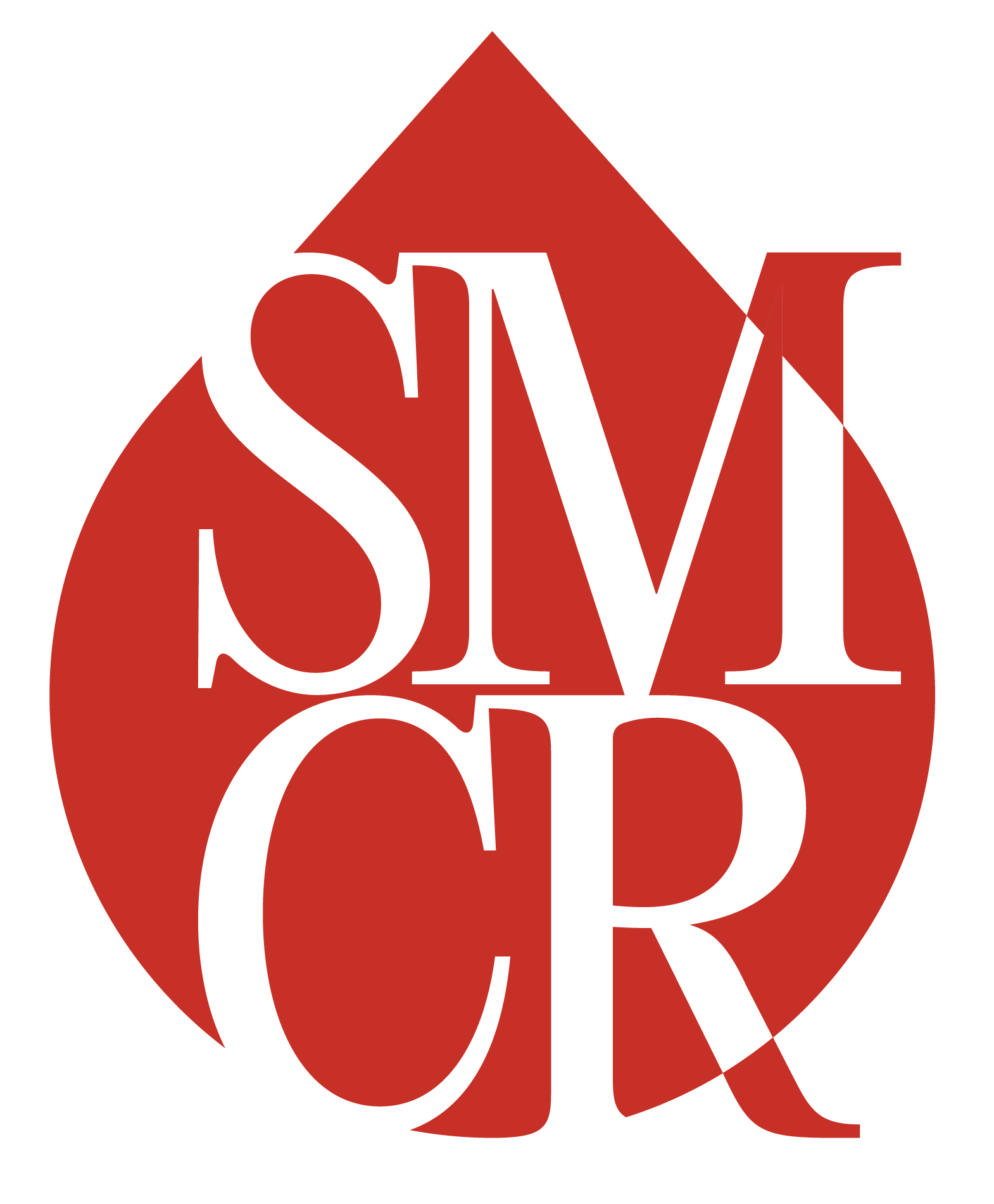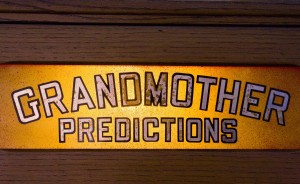The philosopher of science Mary Midgley (1995) doesn’t mince words. She tells us: “The theory of evolution is not just an inert piece of theoretical science. It is, and cannot help being, also a powerful folk-tale about human origins.” Along these lines, stories about reproductive physiology are important folk-tales about what’s natural for women and what their life course should be.
What are the stories about menopause? One is that living beyond menopause is a biological puzzle. The argument goes like this: Most animals reproduce up until, or close to, the end of their natural life span. This makes sense, because theoretical biology tells us that animals reproduce as much as possible to leave as many offspring as they can. Why women live beyond menopause is therefore a puzzle. One answer is that we can expect to live thirty years past menopause because technological innovations have resulted in the conquest of infectious disease, the generation of great food stores, and other advances. As recently as the turn of the century, the average woman lived 47 years. Far longer, probably, than our prehistoric forebears: prehistoric hunter-gatherers were probably old at thirty. Living many years past menopause is therefore a recent historical development. Not surprisingly, if aging women are “outliving their ovaries,” menopause is associated with a variety of unpleasant experiences and health problems.
What are some facts relevant to this story? First, is living past menopause a new historical development? Well, ….No. Old age is not an invention of the twentieth century. Betsy Ross died when she was eighty-four. Classic Greek and Roman medical writers (including Hippocrates himself) and traditional Eastern medical systems all discuss menopause. In the Old Testament, Sarah laughed when God said she would bear a child even though it had “ceased to be with her after the manner of women.” Might the Bible have been referring to menopause?
What about the idea that prehistoric humans died before menopause? Studies by anthropologists suggest that modern hunter-gatherers do live to old age. Therefore, perhaps our prehistoric hunter-gatherer forebears did so as well. Richard Lee (1985), for example, studied the !Kung San in Botswana. About 10% of the population were over sixty years old, and it was not unusual to find !Kung aged 70 or 80. Lancaster and King (1985) found, when twenty-four hunter-gatherer and horticulturalist groups were examined, that 53% of the women who lived to age fifteen could expect to still be alive at age 45.
If a small number of older people are found in simpler societies, is this important? Is ten percent survival so small that for all intents and purposes fifty years is the real limit on lifespan? Older people, as described by anthropologists, are not viewed by the members of their own societies as oddities. That is, if living into middle-age and beyond were an anomaly, it is unlikely that people in a society would have expectations about what role an older person should play. Older people might be viewed as curiosities. However, older people more typically have important places in their societies. At least through their fifties and sixties, they are relied on to do important things. It is relatively common in nonindustrial societies for women to experience positive changes in status when they become middle-aged (Brown, 1985). In cultures without written legal systems or CEOs, older people often have authority over younger people. They can be decision-makers about the distribution of property, allocation of jobs, and other social behaviors. Among the !Kung, for example, older women assign younger relatives what jobs they need to do, arrange marriages, decide on kinship classifications. In cultures that don’t have books or the internet, older people may be sources of stored and accumulated knowledge, like the location of a watering hole that hasn’t been needed since the last drought thirty years ago (Diamond, 1996), or social and technical skills (Kaplan et al., 2010).
If it was important to have a number of older adults as members of social groups, then perhaps old age is a genetic given, not an anomaly resulting from modern technologies. That is, if many people didn’t live to midlife because of accumulated accidents of living, perhaps natural selection favored everyone having the genetic potential to live to old age. If only a few people had the genetic potential to live to old age, and they got eaten, no one would be left.
What, then, does it mean that the average life expectancy for women was 47 years at the turn of the 20th century? It does not mean that 47 was the end of the life span. The definition of life expectancy is this: The age at which half an entire original population is still alive. Life expectancy is longer now basically because far fewer babies and children are dying. (In addition, fewer women are dying in childbirth.) This decrease in child mortality raises the entire average. In cultures as disparate as hunter-gatherer groups, tribal cultures, and turn-of-the-century Europe, if a person lived through adolescence, his or her expectation of living to old age was pretty good. According to Roger Gosden (1996), for example, in 1888 Scotland a newborn female had an average life expectancy of only 46.3 years. However, if she lived until age fifteen her life expectancy was 60.6 years; if she lived until 45, it was 69.6; if she lived until 65, it was 76.9 years. In 1988, life expectancy in Scotland varied much less at different ages. It was 76.7 years at birth and remained between 77 and 82 years throughout life. We always had the potential to live to old age, but before the twentieth century fewer of us made it.
If living beyond menopause were not a biological puzzle, then what might it be? A different evolutionary story begins with the observation that menopause is a human universal, yet an oddity in nature. Humans, unlike our closest relatives, monkeys and apes, universally shut down the reproductive system decades before other body systems show advanced signs of aging (Pavelka & Fedigan, 1991). This suggests that menopause may somehow be an intentional part of the human body plan. Perhaps it developed because of natural selection, or perhaps older age and not younger menopause was selected for. Regardless of cause, women have a life stage that precedes old age during which they are postreproductive and healthy. It is unusual for an animal to have such a life stage, but there’s nothing unusual about humans having unusual life stages. Perhaps this was adaptive because human groups distinctively benefit from older members with social and technical skills (Kaplan et al., 2010). Perhaps older “grandmothers” aided younger women with childrearing during the distinctively long human childhood (Hawkes, O’Connell, & Burton Jones, 1997).
This latter metatheory, or story about human origins, leads to different basic assumptions and speculations. Aging is de-coupled from menopause. Midlife is a stage of productive, mature adulthood. Whether menopause causes health problems is an open question: for example, menopause would not be expected, a priori and in the absence of strong evidence, to cause cognitive decline if post-reproductive women were important, skilled members of their social groups (Kaplan et al., 2010). Perhaps this story is correct, perhaps not. I prefer it to the idea that I’m outliving my ovaries.
References
Brown, J. (1985). Introduction. In (J. Brown and V. Kerns, Eds.) In her prime (pp. 1-12). South Hadley, MA: Bergin and Garvey.
Diamond, J. (1996). Why women change. Discover, 17, 130-137.
Gosden, R. (1996). Cheating time. New York:Freeman.
Hawkes, K., O’Connell, J., & Burton Jones, N. (1997). Hadza women’s time allocation, offspring provisioning, and the evolution of long postmenopausal life spans. Current Anthropology, 38, 551-577.
Kaplan, H., Gurven, M., Winking, J., Hooper, P., & Stieglitz, J. (2010). Learning, menopause, and the human adaptive complex. Annals of the New York Academy of Sciences, 1204, 30-42.
Lancaster, J. & King, B. (1985). An evolutionary perspective on menopause. In (J. Brown and V. Kerns, Eds.) In her prime (pp. 13-20). South Hadley, MA: Bergin and Garvey.
Lee, R. (1985). Work, sexuality, and aging among !Kung women. In (J. Brown and V. Kerns, Eds.) In her prime (pp. 23-35). South Hadley, MA: Bergin and Garvey.
Mary Midgley, Evolution as a religion. Strange hopes and stranger fears. Methuen Press, London, 1995. page 2.
Pavelka, M., & Fedigan, L. (1991). Menopause: A comparative life history perspective. Yearbook of Physical Anthropology, 34, 13–38.



Presumably the “turn of the century” and life expectancy was from the 19th to the 20th century, and not to 2000 and the 21st!
Yes, sorry, the comment on life expectancy was referring to the 19th to 20th century, not 2000 and 21st. (Has another century gone by, already?)
Paula